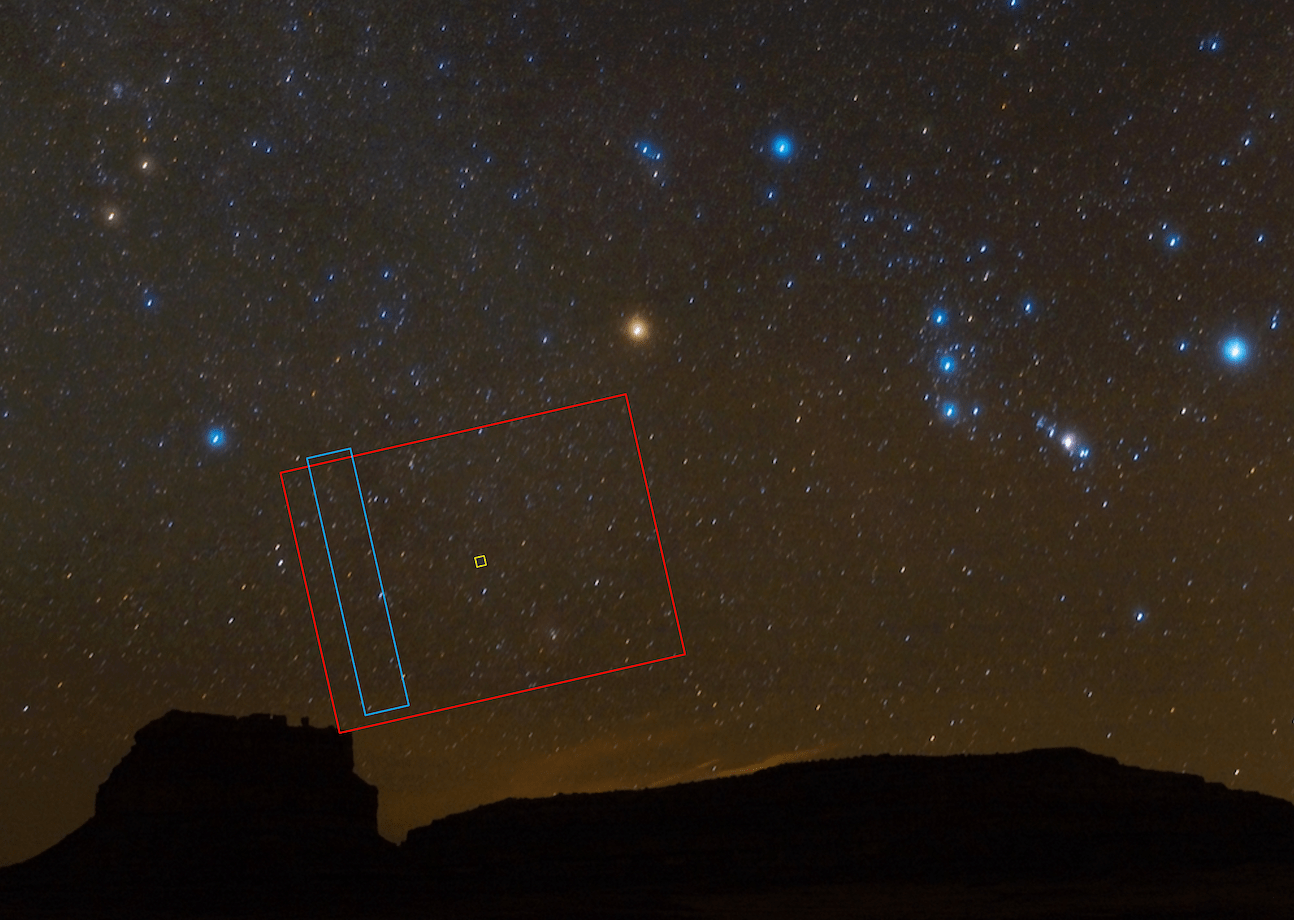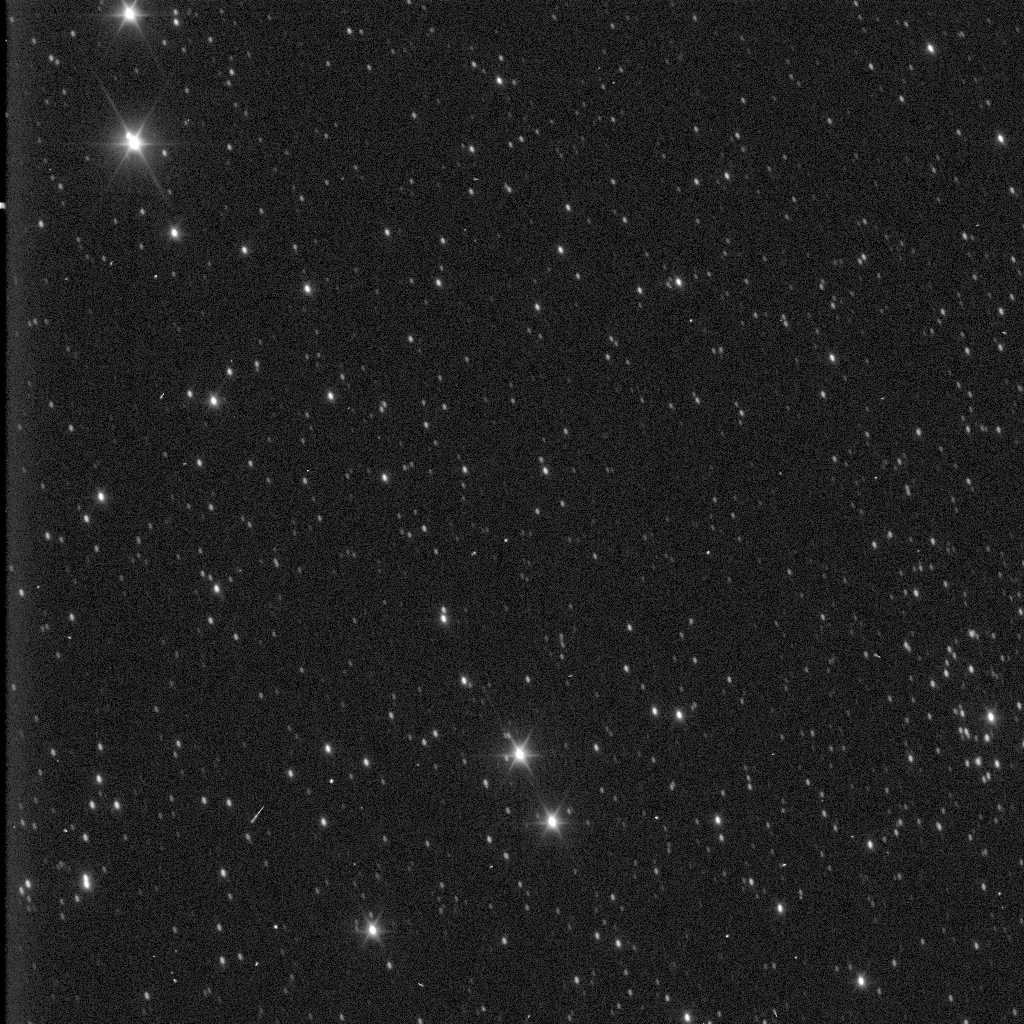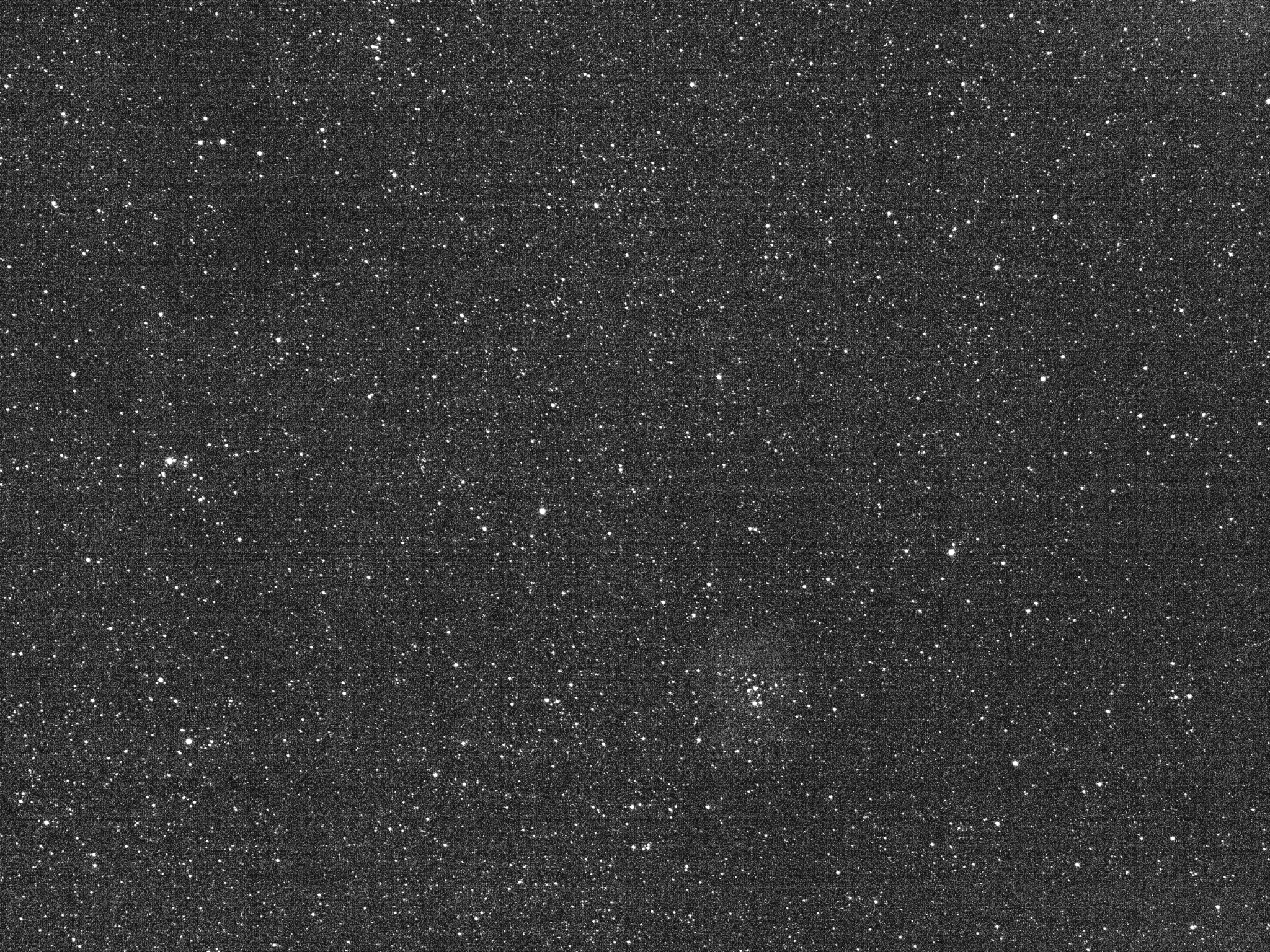
On Feb. 14, NASA’s Lucy spacecraft, which is in the first few months of its journey to the Trojan asteroids, obtained a series of calibration images with its four visible-light cameras. The first test images were taken in November 2021, shortly after Lucy’s Oct. 16, 2021, launch, but the February test was much more extensive. Lucy used its Instrument Pointing Platform to point at 11 different star fields to test camera performance and sensitivity, as well as the spacecraft’s ability to point accurately in different directions.
The four cameras are the twin Terminal Tracking Cameras (T2CAM), the Multicolor Visible Imaging Camera (MVIC), and the Long-Range Reconnaissance Imager (L’LORRI). The T2CAM cameras have a wide field of view, 11 degrees by 8.2 degrees, and are primarily used to automatically lock onto and track the Trojan asteroids during Lucy’s close flybys, ensuring that the spacecraft’s other instruments are pointed at the target. MVIC, part of the L’Ralph instrument, is a higher-resolution color scanning camera that can scan its 8.3-degree-tall field of view across as wide a swath as desired, much like the panoramas taken by a mobile phone camera. L’LORRI is a high-resolution monochromatic telephoto camera with a narrow 0.29-degree-square field of view and will obtain Lucy’s most detailed images of its asteroid targets.
The test did not include Lucy’s infrared spectrometer LEISA (also part of the L’Ralph instrument) or its temperature mapping L’TES instrument, which requires close-up planetary targets to obtain useful data.


By John Spencer, Southwest Research Institute
Media contact: Nancy Jones, NASA’s Goddard Space Flight Center, Greenbelt, Md.



























